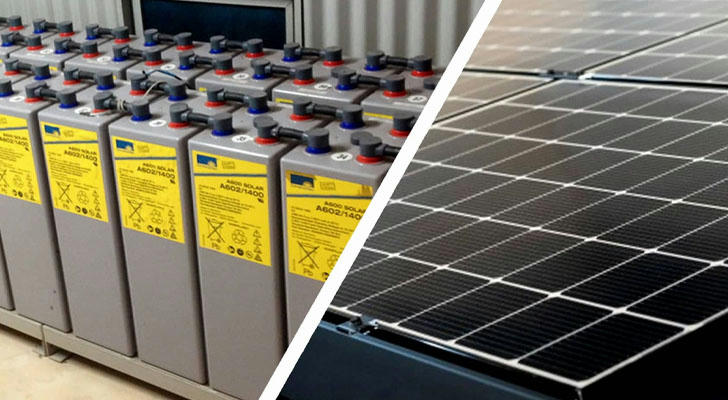How To Get Solar Batteries At Low Or Almost Free In Australia
As renewable energy technology advances, more and more Australian households are turning to solar batteries to store renewable energy, thereby reducing electricity bills and carbon footprints. However, the high price of solar batteries can be a barrier for many households and businesses. Fortunately, the Australian government and some private companies provide a variety of ways to help everyone get solar batteries at low or almost free. This article will explore several real channels for obtaining.

I.Government subsidy programs
Victoria's "Solar Homes Program"
Victoria has launched the "Solar Homes Program", which not only provides subsidies for solar panels, but also provides additional funds for households to purchase and install batteries. Eligible households can receive subsidies of up to $4,174, making the cost of installing batteries significantly lower.
South Australia's "Home Battery Scheme"
South Australia's "Home Battery Scheme" allows eligible residents to apply for a battery installation subsidy. Depending on personal electricity usage and energy needs, the subsidy amount can be as high as $6,000, which means that some residents can install batteries at almost no cost. The main purpose of this program is to reduce dependence on the grid while increasing the use of renewable energy.
New South Wales' "Solar Battery Pilot Program"
New South Wales is implementing a pilot program to provide residents with battery subsidies, and participants can enjoy reduced installation costs. Although the pilot program is limited in scale, it provides an excellent opportunity for eligible households to obtain batteries.
II.Participate in the Virtual Power Plant Project
Virtual Power Plants (VPPs) are another innovative way for Australian households to obtain solar batteries almost for free. VPP allows multiple households' batteries to be collectively managed and controlled through networking, providing power reserves and transmitting electricity to the grid. Participants can install batteries without paying the full price and earn income by selling excess electricity to the grid.
Tesla Powerwall and AGL's VPP Project
The VPP project launched by Tesla in cooperation with energy companies such as AGL allows users to install Tesla Powerwall batteries at low prices or even for free. These batteries become part of the VPP after being connected to the grid, and when electricity demand peaks, the excess power in the batteries can be sold to the grid. Users participating in the project can not only save on electricity bills, but also earn income by interacting with the grid.
III.Private company gifts and promotions
Special offers from Australian solar companies
Solar companies occasionally offer promotions to allow new users to get free batteries when installing solar systems. Such activities are usually limited in number, but for those lucky users, it is a good opportunity to get low-priced or free batteries.
IV.Case
Victorian residents Kevin and his family have installed solar panels for many years, but their electricity bills are still high. In order to further reduce electricity bills and reduce dependence on the grid, Kevin began looking for solutions to install solar batteries. Through a friend's recommendation, he learned that the South Australian Virtual Power Plant Program allows families to get Tesla Powerwall batteries at a very low cost.
Kevin signed an agreement with AEMO (Australian Energy Market Operator), a partner in the VPP project, to supply part of the stored electricity in his battery to the grid in the next five years. In return, Kevin only needs to pay a small part of the battery installation cost, and the rest is offset by selling excess electricity. Now, he has not only significantly reduced his electricity bill, but also earned a certain amount of extra income by participating in the VPP project.
V.Summary
In Australia, it is not impossible to get solar batteries at low prices or almost free. Through government subsidies, green loans, virtual power plant projects, and discounts offered by private companies, Australian families can find a variety of ways to reduce installation costs. With these resources, families like Kevin can not only make better use of solar energy, but also save money and contribute to sustainable development.
